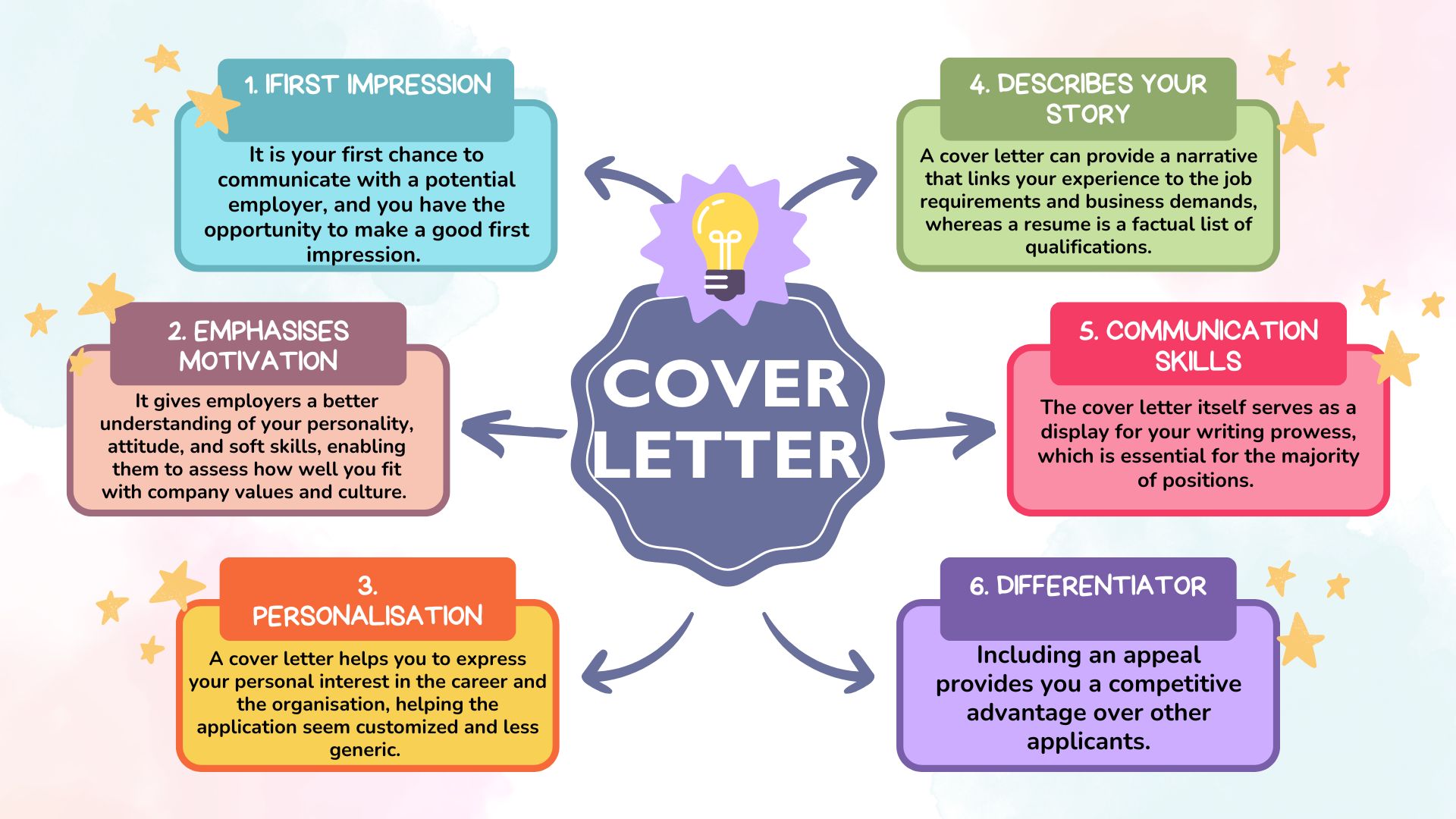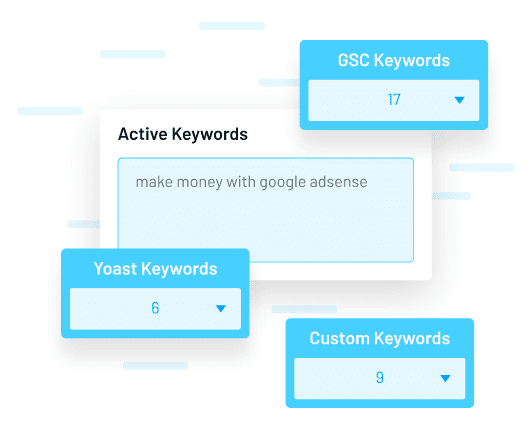
In the ever-evolving world of digital marketing, staying ahead of the curve is essential. One of the most powerful strategies for improving blog performance is A/B testing. This method allows you to experiment with different versions of your content to determine which one resonates best with your audience. Whether you’re a seasoned marketer or just starting out, understanding how to use A/B testing tools for blog optimization can significantly boost engagement, traffic, and conversions.
This article will guide you through the fundamentals of A/B testing, explain why it matters in today’s SEO landscape, and provide a step-by-step framework for implementing it effectively. You’ll also discover top tools that can streamline the process and gain insights from real-world examples of successful blog optimization.
What Is A/B Testing and Why It Matters
A/B testing, also known as split testing, is a method used to compare two versions of a webpage or content element—such as a headline, call-to-action, or layout—to determine which performs better. In the context of blog optimization, this means testing different variations of your blog posts to see which version drives more clicks, engagement, or conversions.
For example, you might test two headlines for the same blog post: “10 Tips for Better SEO” versus “Master SEO: Expert Strategies Revealed.” By using A/B testing tools, you can track which headline leads to higher click-through rates (CTR) and deeper reader engagement.
Why does this matter? Search engines like Google prioritize user experience and engagement metrics. If your blog post attracts more clicks and keeps readers on the page longer, it signals to search engines that your content is valuable, which can improve your rankings.
Moreover, A/B testing helps you make data-driven decisions rather than relying on assumptions. It eliminates guesswork and ensures that every change you make is backed by real user behavior.
How A/B Testing Impacts SEO Performance
A/B testing isn’t just about improving click-through rates—it has a direct impact on your overall SEO performance. Here’s how:
- Improved Dwell Time: When users click on a headline and stay on your blog post, it increases dwell time, a key ranking factor.
- Higher Engagement Metrics: Metrics like bounce rate, scroll depth, and time on page are all influenced by how well your content resonates with your audience.
- Better Conversion Rates: Even if your goal isn’t sales, optimizing for engagement can lead to more newsletter signups, social shares, or email subscriptions.
- Enhanced User Experience: A/B testing allows you to identify which design elements, layouts, or content structures work best for your audience, leading to a more seamless browsing experience.
Additionally, A/B testing aligns with the growing importance of E-E-A-T (Experience, Expertise, Authoritativeness, Trustworthiness) in SEO. By continuously refining your content based on user feedback, you demonstrate expertise and build trust with both readers and search engines.
Step-by-Step Implementation Framework
To get started with A/B testing for blog optimization, follow this structured approach:
-
Define or Audit the Current Situation
Begin by analyzing your current blog performance. Use tools like Google Analytics or SEMrush to understand what’s working and what’s not. Look at metrics such as CTR, bounce rate, and time on page to identify areas for improvement. -
Apply Tools, Methods, or Tactics
Choose an A/B testing tool that fits your needs. Popular options include Google Optimize, Optimizely, VWO, and Thrive Headline Optimizer. These tools allow you to create variations of your blog content, such as headlines, subheadings, or images, and track their performance. -
Measure, Analyze, and Optimize
Once your tests are live, monitor the results closely. Use the data to identify which variation performed best. For example, if one headline generates 32% more clicks than another, you can implement that version permanently. Continue iterating and testing new variations to refine your strategy over time.
Real or Hypothetical Case Study
Let’s look at a hypothetical case study to illustrate the power of A/B testing for blog optimization.
Scenario: A tech blog wants to increase engagement on a post about “AI Trends in 2025.” They decide to test two headlines:
– Version A: “Top 10 AI Trends in 2025”
– Version B: “Are You Ready for the AI Trends That Will Change 2025?”
Using Google Optimize, they run the test for two weeks. The results show that Version B generated a 28% higher CTR and a 22% increase in time on page compared to Version A. Based on these findings, the blog team updates the headline to match the winning variation, resulting in a measurable increase in traffic and engagement.
This example demonstrates how even small changes—like adjusting the tone or structure of a headline—can have a significant impact on your blog’s performance.
Tools and Techniques for A/B Testing
Several A/B testing tools offer unique features that can enhance your blog optimization efforts. Here are some of the top tools:
-
Google Optimize
A free tool integrated with Google Analytics, ideal for beginners. It offers easy setup and detailed reporting. -
Optimizely
Known for its robust features and real-time analytics, Optimizely is great for businesses looking for advanced A/B testing capabilities. -
VWO (Visual Website Optimizer)
Offers a user-friendly interface and strong integration with WordPress. It’s perfect for bloggers who want to test multiple variations quickly. -
Thrive Headline Optimizer
Focused specifically on headlines, this tool helps you generate and test variations to find the most engaging title. -
Headline Studio
Combines SEO and emotional analysis to predict which headlines will perform best before running live tests. -
OptiMonk
Uses AI to automatically generate and test headlines, making it a great choice for time-sensitive content strategies.
Each of these tools has its own strengths, so choose one that aligns with your goals and technical comfort level.
Future Trends and AI Implications
As AI continues to evolve, its role in A/B testing is becoming increasingly prominent. Tools like ABtesting.ai use machine learning to suggest optimal variations, detect low-performing tests early, and even adapt to different audience segments in real time.
Looking ahead, we can expect A/B testing to become even more automated and predictive. AI-powered tools will likely offer deeper insights into user behavior, allowing for hyper-personalized content optimization. Additionally, voice and multimodal search will require new approaches to A/B testing, focusing on how content is consumed across different platforms.
To stay ahead, focus on integrating AI-driven tools into your workflow and continuously refining your strategy based on data. The future of blog optimization lies in leveraging technology to create content that not only ranks well but also truly engages your audience.
Key Takeaways
- A/B testing is a powerful method for optimizing blog performance by comparing different versions of your content.
- It improves SEO by increasing engagement, dwell time, and conversion rates.
- Follow a structured implementation framework to define goals, apply tools, and analyze results.
- Use top A/B testing tools like Google Optimize, Optimizely, and Thrive Headline Optimizer to streamline the process.
- Leverage AI and automation to make testing faster, more accurate, and more insightful.
- Stay ahead of the curve by adapting to future trends in AI and multimodal search.
Start experimenting with A/B testing today and watch your blog reach new heights in engagement and visibility.
Meta Title: How to Effectively Use A/B Testing Tools for Blog Optimization
Meta Description: Learn how to use A/B testing tools to optimize your blog for higher engagement, traffic, and SEO performance. Step-by-step guide with top tools and real-world examples.
SEO Tags (5): A/B testing, blog optimization, SEO strategies, content marketing, user engagement
Internal Link Suggestions: Parameter #7: Content Quality & Relevance, Parameter #12: Technical SEO Best Practices, Parameter #9: User Experience (UX) Optimization
External Source Suggestions: https://www.google.com/analytics, https://optimizely.com, https://vwo.com






